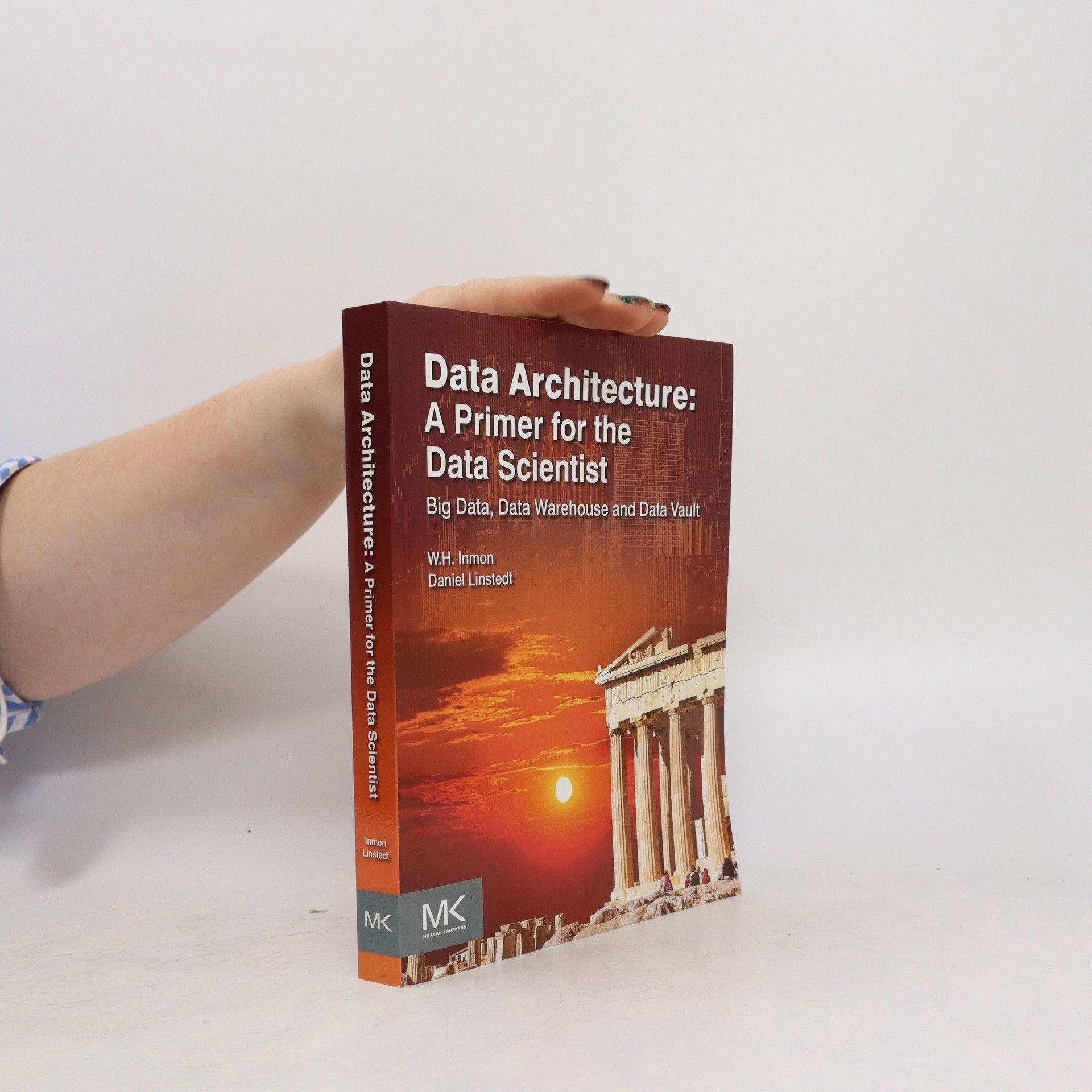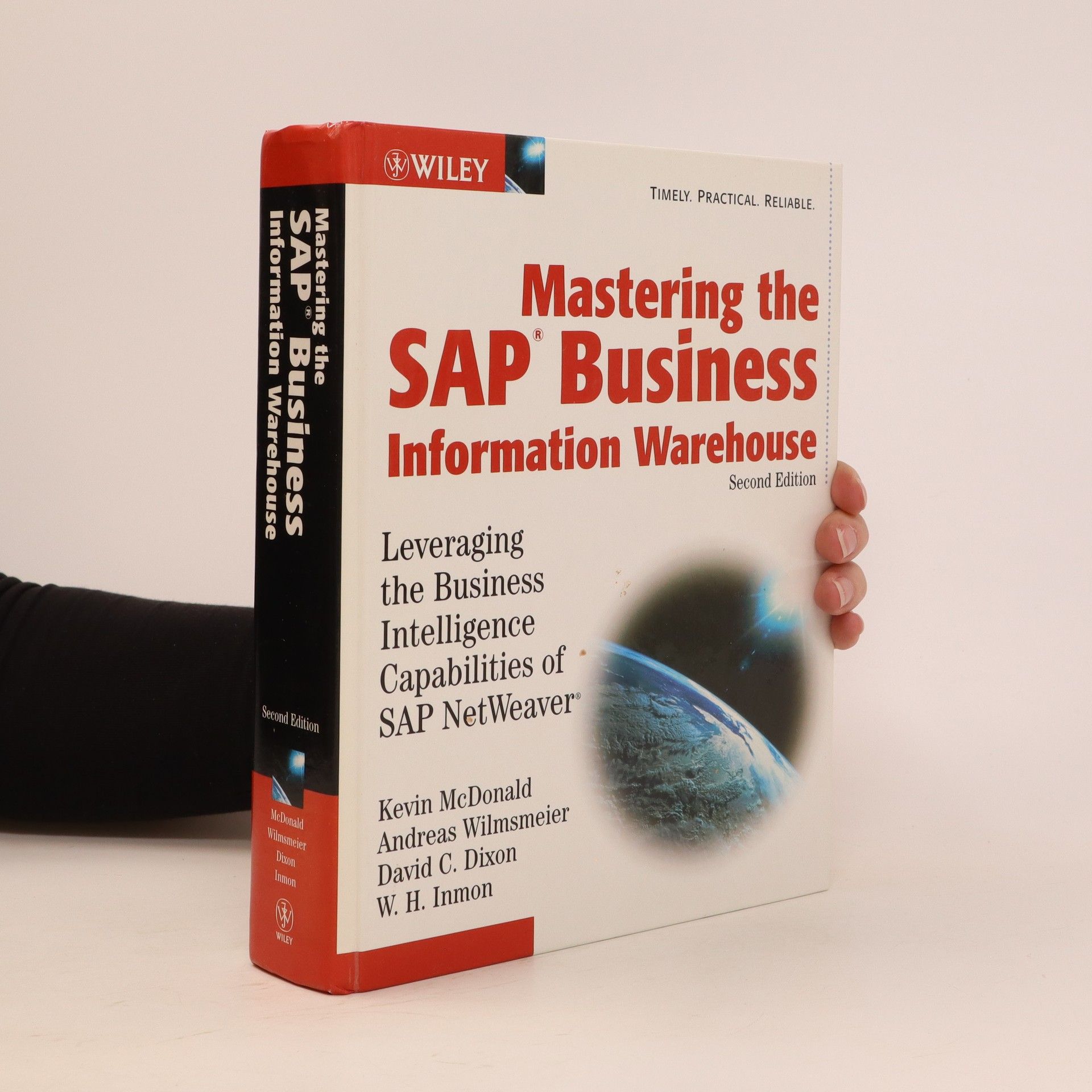"This book is the definitive guide for SAP NetWeaver BI professionals. Based on their extraordinary expertise with the product, the authors provide deep insights about key innovations in the areas of user experience, query performance, integrated planning, and enterprise-wide data warehousing." —Stefan Sigg, Vice President, SAP NetWeaver Business Intelligence The long-anticipated publication of this second edition reflects the growing success of SAP NetWeaver as well as the various Business Intelligence (BI) capabilities that are embedded with SAP BW version 7.0. Written by SAP insiders, this comprehensive guide takes into account the ever-changing features, functionality, and toolsets of SAP NetWeaver to bring you the most updated information on how to use SAP BW to design, build, deploy, populate, access, analyze, present, and administer data. You'll discover the options that are available in SAP NetWeaver and uncover a new means to improve business performance. This book reflects the process an organization goes through during an implementation of the software. The authors begin with an introduction to BI and SAP NetWeaver and quickly progress to information modeling and enterprise data warehouse concepts. You'll learn how to access and deliver meaningful analytic information to the organization, as well as perform integrated planning functions. Finally, the authors share invaluable insight on warehouse administration, performance, and security. With more than 50 percent new or revised material, this second edition of Mastering the SAP Business Information Warehouse shows you how to: Extract data from online transaction processing systems Store transformed data in a way that best supports reporting and analysis Use the various Business Explorer tools such as BEx Report Designer, BEx Analyzer, BEx Broadcaster, and BEx Web Application Designer Schedule, monitor, troubleshoot, and archive data loads The companion Web site contains sample chapters in Wiki format and the authors' blog where readers may enter discussions about the book and SAP. Wiley Technology Publishing Timely. Practical. Reliable. Visit our Web site at www.wiley.com/compbooks/ Visit the companion Web site at www.wiley.com/compbooks/mcdonald The companion Web site contains the sample code presented in the text of the book, plus implementation templates.
W. H. Inmon Boeken


Today, the world is trying to create and educate data scientists because of the phenomenon of Big Data. And everyone is looking deeply into this technology. But no one is looking at the larger architectural picture of how Big Data needs to fit within the existing systems (data warehousing systems). Taking a look at the larger picture into which Big Data fits gives the data scientist the necessary context for how pieces of the puzzle should fit together. Most references on Big Data look at only one tiny part of a much larger whole. Until data gathered can be put into an existing framework or architecture it can't be used to its full potential. Data Architecture a Primer for the Data Scientist addresses the larger architectural picture of how Big Data fits with the existing information infrastructure, an essential topic for the data scientist. Drawing upon years of practical experience and using numerous examples and an easy to understand framework. W.H. Inmon, and Daniel Linstedt define the importance of data architecture and how it can be used effectively to harness big data within existing systems. You'll be able to: Turn textual information into a form that can be analyzed by standard tools. Make the connection between analytics and Big Data Understand how Big Data fits within an existing systems environment Conduct analytics on repetitive and non-repetitive data